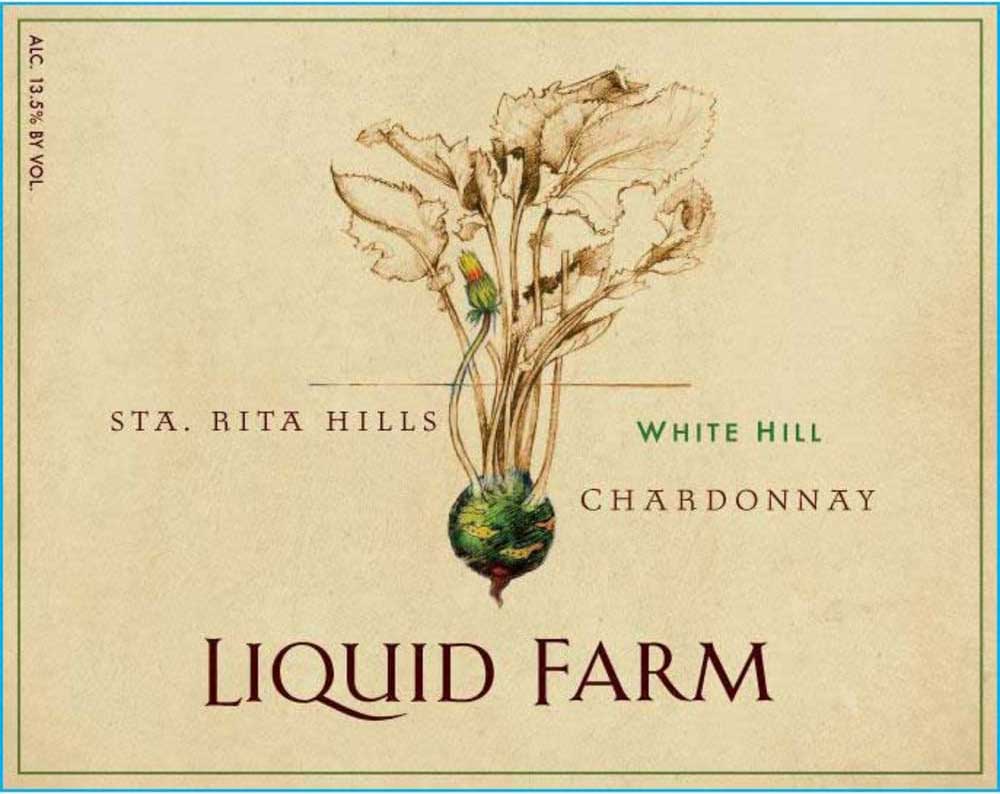Chilean red wines have carved a prominent niche in the global wine scene, celebrated for their exceptional quality, diverse varietals, and unique expressions of terroir. The country’s varied geography, with its mountains, valleys, and coastal influences, creates an ideal environment for viticulture. As a result, Chile has become a sanctuary for grape varietals that thrive in its distinctive climates, particularly red wines.
Among the most notable varietals is Cabernet Sauvignon, often regarded as the flagship of Chilean red wine. Thriving primarily in regions like Maipo Valley and Colchagua Valley, Cabernet Sauvignon benefits from the warm climate and diverse soil types that contribute to its robust character. Chilean Cabernet Sauvignon is distinguished by its deep color and rich flavors of blackcurrant, plum, and black cherry. These wines frequently exhibit complex notes of tobacco, chocolate, and spice, with well-structured tannins that lend themselves well to aging. The elegance and depth of flavor found in Chilean Cabernets have made them a favorite among both casual drinkers and connoisseurs alike.
Another varietal that has become synonymous with Chilean wine is Carménère. Originally from Bordeaux, this grape nearly vanished in its homeland but found a new life in Chile, where it has thrived, particularly in the Colchagua and Maipo valleys. Carménère is celebrated for its deep color and rich, fruit-forward profile, characterized by ripe blackberry, plum, and distinctive green bell pepper notes. The wine often features softer tannins and a velvety texture, making it approachable and enjoyable even when young. This unique characteristic has contributed to its popularity, allowing wine lovers to savor its complexity without the wait often associated with aging.
Syrah is another varietal making waves in the Chilean wine scene, particularly in cooler regions such as the Elqui Valley and Colchagua Valley. Here, the interplay of warm days and cool nights produces bold expressions of this grape, resulting in wines that showcase intense dark fruit flavors, spices, and subtle floral notes. Chilean Syrah is typically full-bodied, with firm tannins that offer excellent aging potential. The vibrant character of this varietal, combined with its depth and complexity, has attracted a growing following, further diversifying the landscape of Chilean red wines.
While Merlot may not be as heralded as some of its counterparts, it remains a staple in Chile’s red wine offerings, particularly in the Maipo Valley. Known for its smooth, approachable style, Chilean Merlot often exhibits flavors of cherry, plum, and chocolate, with soft tannins and a medium body. Its fruity profile and velvety texture make it a versatile choice for pairing with various dishes, from hearty stews to grilled meats.
Chilean Pinot Noir is another varietal gaining momentum, particularly in cooler coastal regions like Casablanca Valley and San Antonio Valley. Though traditionally associated with regions like Burgundy, Pinot Noir in Chile showcases a bright acidity and elegant profile. These wines typically feature flavors of red berries, such as cherry, raspberry, and strawberry, often accompanied by delicate floral notes and earthy undertones. This delicate balance makes Chilean Pinot Noir a delightful option for those seeking a lighter red wine experience.
In summary, the world of Chilean red wines is rich and varied, offering a diverse palette of flavors and styles that appeal to wine enthusiasts across the globe. From the bold and robust Cabernet Sauvignon to the velvety and approachable Carménère, each varietal tells a story of the unique terroir and innovative winemaking practices that define this remarkable country. As you explore the Chilean red wine landscape, you’ll discover not only exceptional quality but also a depth of character that reflects the passion and artistry of its producers. Each bottle invites you to experience the remarkable journey of Chilean winemaking, making every sip a celebration of the land and its history.





















































